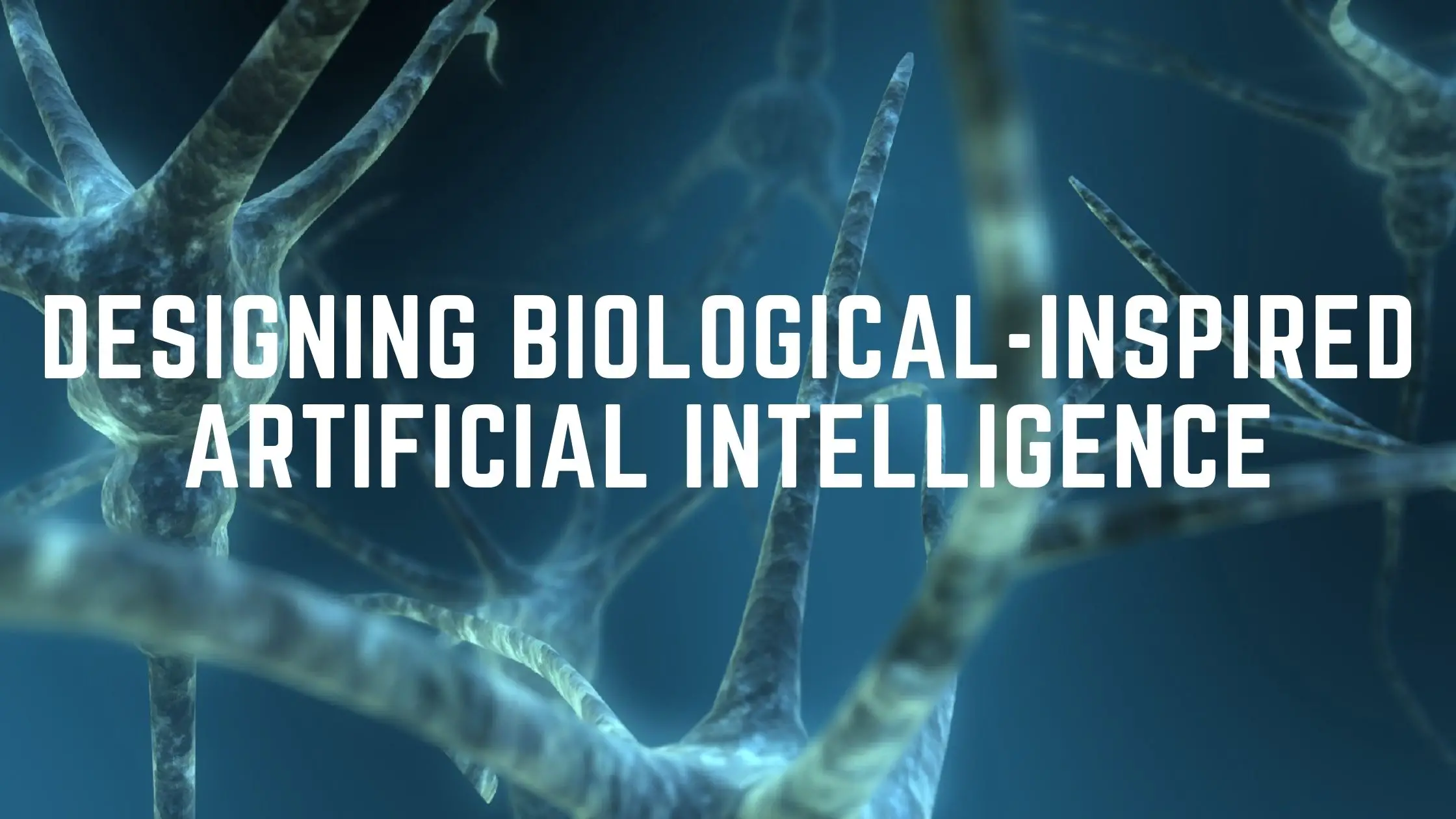A study area known as “bio-inspired computing,” also known as “biologically inspired computing,” aims to use biological models to address computer science issues. Connectivism, social interaction, and emergence are all relevant. Artificial intelligence and machine learning are related to bio-inspired computing in the field of computer science. A significant portion of natural computation is bio-inspired computation. By taking a different approach to computer learning, bio-inspired computing can be separated from conventional artificial intelligence. Traditional A.I. has a “creationist” stance, whereas bio-inspired computing takes an evolutionary approach. Basic rules and simple organisms that follow those rules are the foundation of bio-inspired computing. These organisms evolve throughout time while adhering to basic rules. This approach might be categorized as bottom-up or decentralized. In conventional artificial intelligence, intelligence is frequently programmed from above: the programmer is the creator and bestows intelligence on whatever they create. An Artificial intelligence are now aware of the advantages of learning from the brain’s information processing system. Additionally, the advancement of neuroscience and brain research gives artificial intelligence the required foundation to learn from the brain’s information processing system. Researchers working in the fields of neuroscience and the brain are also attempting to expand the understanding of how the brain processes information. The advancement of the discipline is aided by the advancement of information technology and smart technology, and as a result, brain and neuroscience will likewise influence the next wave of information technology transformation. Some cognitive architectures or models, like the Information Processing Language, are built on a set of general rules, example Soar based on the unified theory of cognition, or similarly ACT-R. These architectures frequently use the analogy that the human mind is similar to a computer. Sub-symbolic processing, in contrast, depends on emergent features of processing units and does not specify any such principles a priori (e.g. nodes). Both forms of processing are combined in hybrid designs such as CLARION. Another difference is whether the architecture is decentralized or centralized, with a neural correlate of a processor at its center.
A chip is referred regarded as being “brain-inspired” if it was created using the neuronal structure and cognitive processes of the human brain. The “neuromorphic chip” is a brain-inspired chip that, obviously, focuses on designing the chip’s structure with reference to the model of a human brain neuron and its tissue structure. This is a significant area of research for brain-inspired chip technology. The majority of currently available brain-inspired chips continue to be built utilizing standard semiconductor materials and von Neumann architecture research as their foundation. The neural chip just uses the simplest component of the brain’s information processing system. The research of brain-inspired computing architecture has not taken into account the most fundamental computer systems, such as storage and computational fusion, pulse discharge mechanisms, the link between neurons, etc., and the mechanism between different scale information processing units.
The research of brain-inspired computing architecture has not taken into account the most fundamental computer systems, such as storage and computational fusion, pulse discharge mechanisms, the link between neurons, etc., and the mechanism between different scale information processing units. The development of neural computing components, such as brain memristors, memory storage, and sensory sensors based on novel materials, such as nanometers, is currently a significant global trend and will allow the development of more complex brain-inspired computing systems.








